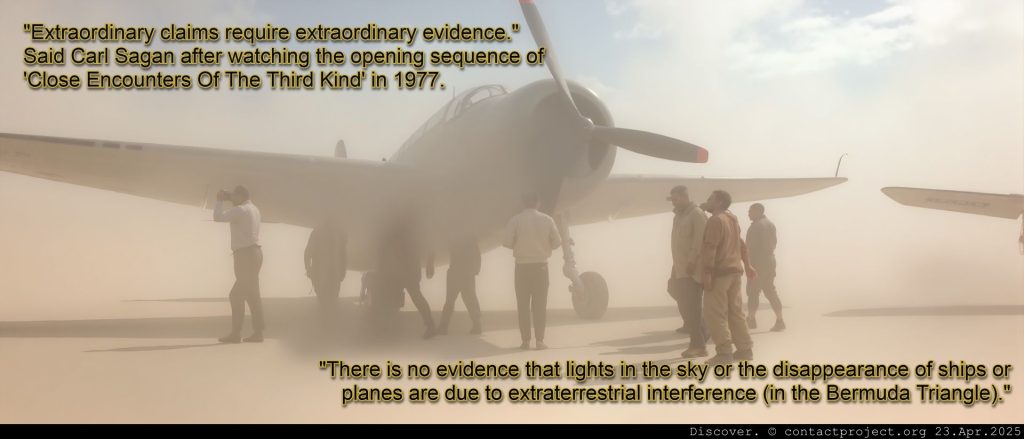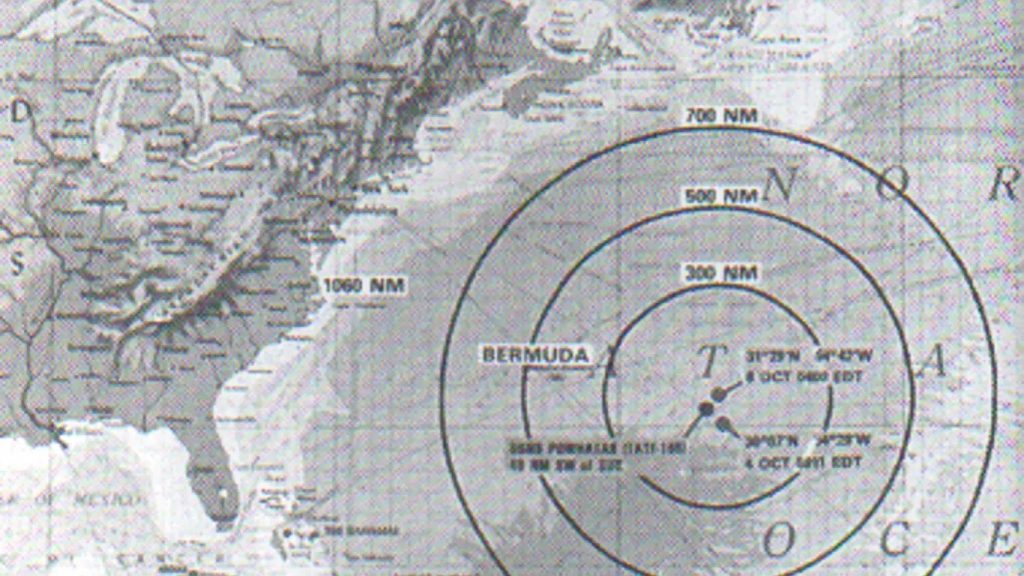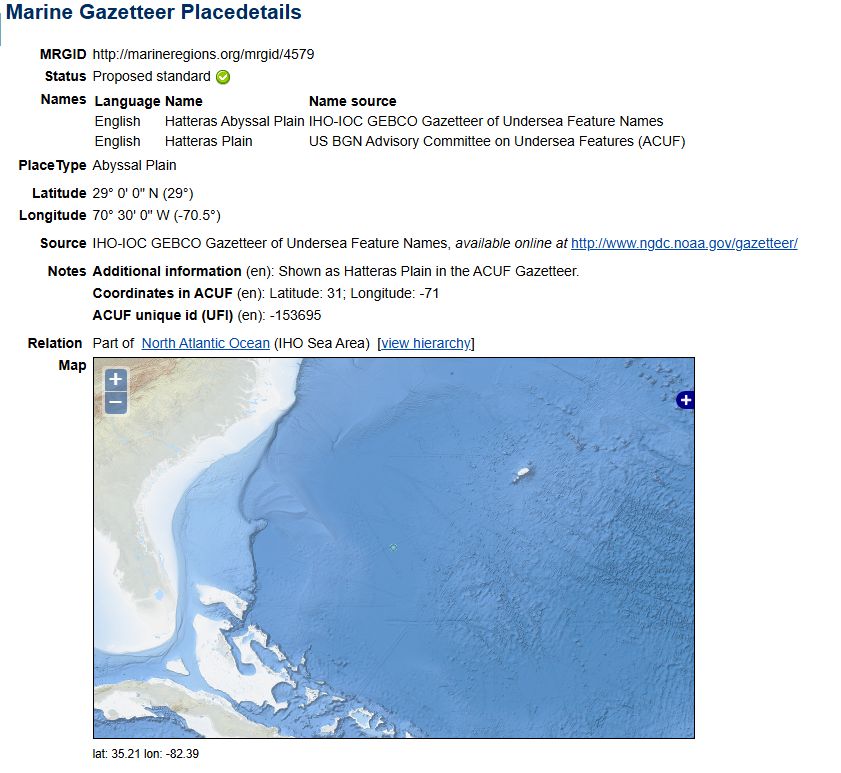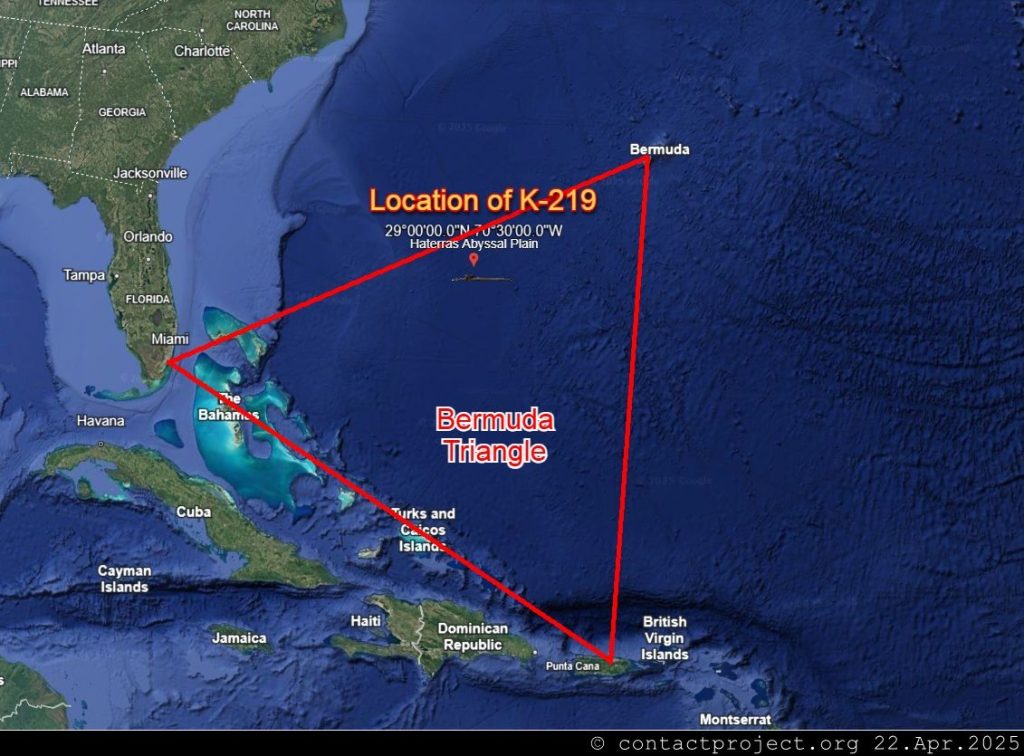Sagan’s UFO Paradox: Fostering Scientific Rigor Through Skepticism and Advocacy
A landmark event highlighted the Carl Sagan UFO controversy: the 1969 symposium he co-organized for the American Association for the Advancement of Science (AAAS). This meeting notably brought together leading UFO proponents, such as J. Allen Hynek.
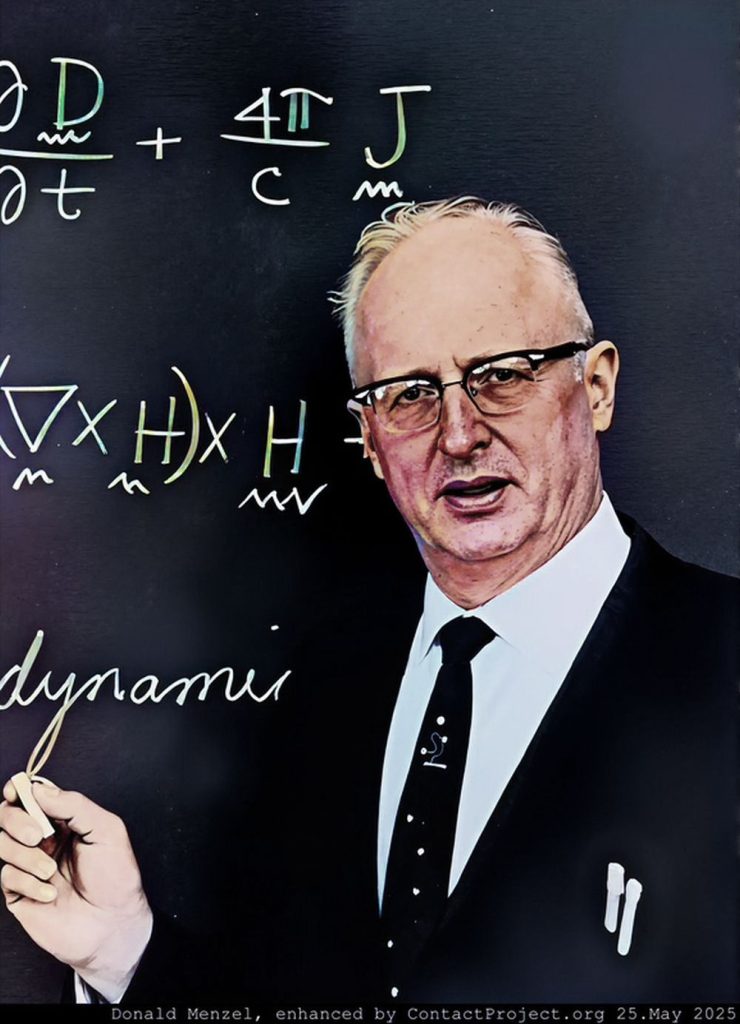
The meeting also included prominent skeptics, like the first theoretical astronomer of the United States, Donald Menzel. In 1968, Menzel testified before the U.S. House Committee on Science and Astronautics – Symposium on UFOs, stating that he, Menzel, considered all UFO sightings to have natural explanations.
While critics accused Sagan of legitimizing what they considered a “pseudoscience,” Sagan defended the AAAS symposium. He argued that significant public interest in UFOs warranted serious scientific scrutiny.
Carl Sagan was a prominent advocate for the search for extraterrestrial life. Yet, he remained a skeptic regarding Unidentified Flying Objects (UFOs) as evidence of alien visitation. This seemingly contradictory stance fueled the ongoing debate between UFO skeptics and believers. This is often referred to as the Carl Sagan UFO controversy.
Sagan’s influence on UFO studies produced its most significant beneficial effect by pushing researchers to ground their investigations more firmly in scientific methods. This emphasis on rigor contributed to the emergence of two distinct categories of researchers in the field.
SKEPTICS VS. BELIEVERS: The Secret War Over UFOs

A: Serious UAP researchers who set themselves the goal of identifying and cataloging UFOs, with the main focus on the assumption that there can be no extraterrestrial UFOs. Their focus was on finding conventional, or “banal,” explanations for sightings. They aimed to demystify the phenomenon and bring it within the realm of established science. The Carl Sagan UFO controversy played a role in how these explanations were pursued.
B: Marginalized Fringe UFO researchers, who in contrast remained open to, or actively pursued, the hypothesis of extraterrestrial intelligence behind UFO sightings found themselves increasingly on the periphery. This group, while not necessarily uncritical or prone to accepting every hoax, was willing to explore unconventional explanations. These were explanations that the “serious” camp often dismissed outright.

UAP or UFO? The Government’s Sneaky Word Game to HIDE the Extraterrestrial Truth!
The contemporary preference for the term UAP (Unidentified Aerial Phenomenon or Unidentified Anomalous Phenomena) rather than UFO (Unidentified Flying Object) starkly reflects the divide between serious and fringe research.
While both terms essentially refer to the same core mystery—observed objects or phenomena in the sky that are not immediately identifiable—’UAP’ has gained traction among those seeking to legitimize their research. They want to avoid the cultural baggage and stigma associated with ‘UFOs,’ which are often colloquially synonymous with alien spacecraft. This shift is part of the Carl Sagan UFO controversy, as different terminologies affect the perception of research.
Researchers, particularly those affiliated with governmental or academic institutions, often opt for ‘UAP’ to protect their professional reputations. They use it to signal a more data-driven, agnostic approach, free from preconceived notions of extraterrestrial involvement.
“BANAL” OR ALIEN? Inside the Bitter Feud Splitting UFO Hunters in Two!
The comparison between a case like the authors “Mufon UFO case #111680” and a frame from the Pentagon’s “Gimbal UAP” video can illustrate this division:
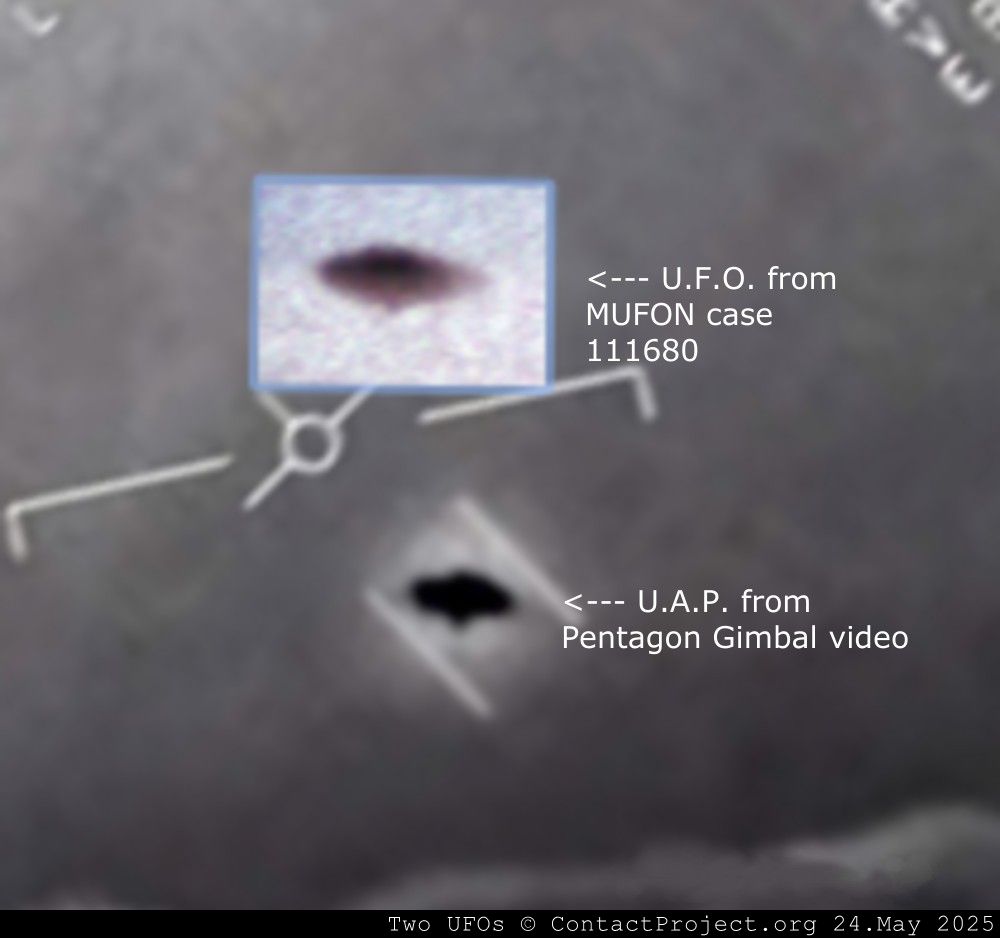
A MUFON (Mutual UFO Network) case, typically investigated by citizen researchers often aligned with the “fringe” category (though MUFON itself has varying methodologies), might present evidence and interpretations that lean towards or explicitly suggest an extraordinary (extraterrestrial) origin.
A government source released the “Gimbal” video, and serious UAP researchers—including military and intelligence analysts—analyzed it. They discussed its flight characteristics, sensor data, and possible but elusive mundane explanations. Although they acknowledge the video’s anomalous nature, they focus their rigorous approach on ruling out known technologies or natural phenomena.
In contrast, the “fringe” perspective may treat the footage as evidence supporting an extraterrestrial hypothesis. But this is due to careful consideration.
“FRINGE” RESEARCHERS FIGHT BACK
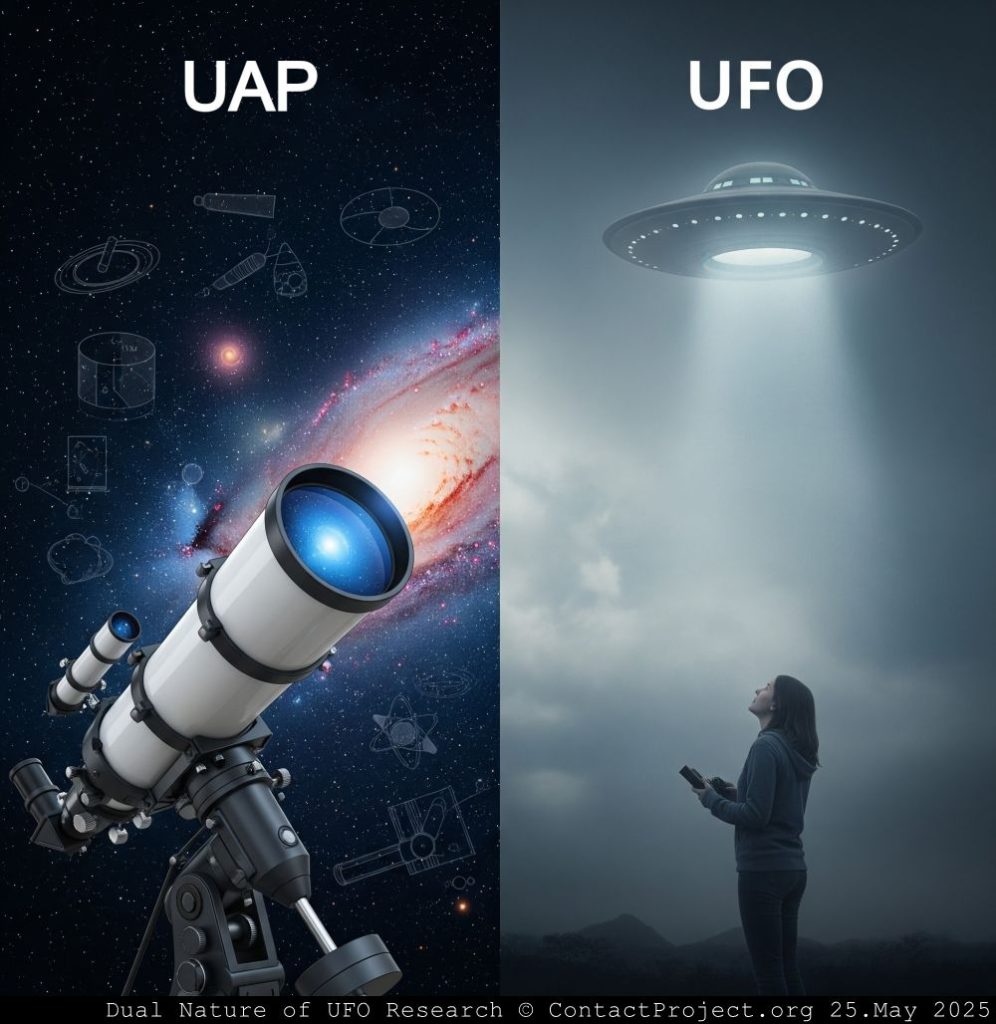
In essence, Carl Sagan’s legacy in UFO studies is complex. His insistence on scientific rigor undoubtedly elevated the quality of investigation in certain quarters. It helped to filter out less credible claims. However, it also contributed to a climate where exploring the more speculative, yet potentially profound, extraterrestrial aspects of the phenomenon became scientifically and academically challenging. As a result, these inquiries were pushed to the margins. This is a key part of what makes the Carl Sagan UFO controversy so enduring.
In essence, Carl Sagan’s legacy in UFO studies is complex. His insistence on scientific rigor undoubtedly elevated the quality of investigation in certain quarters. It helped to filter out less credible claims. However, it also contributed to a climate where exploring the more speculative, yet potentially profound, extraterrestrial aspects of the phenomenon became scientifically and academically challenging. Consequently, such inquiries were pushed to the margins.
PHOTO PROOF? 1947 UFO vs. Pentagon’s “Gimbal” UAP
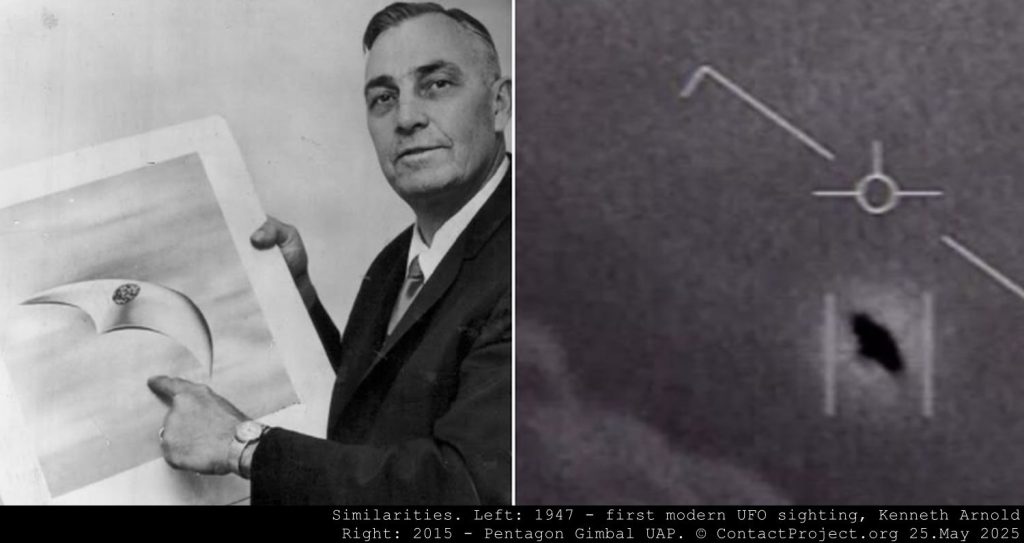
Right: 2015 – Pentagon Gimbal UAP. © ContactProject.org 25. May 2025
SAGAN’S PARADOX: Did His “Science First” Rule KILL the Search for Alien Life?
Was Sagan a hero of reason—or did his skepticism accidentally suppress the truth? The ongoing debate and the terminological distinctions highlight this enduring tension between cautious, mainstream scientific inquiry and the persistent, more speculative allure of the unknown inherent in the UFO/UAP enigma. Discussions continue over his role and influence in shaping public perception and scientific investigation of unexplained aerial phenomena. The Carl Sagan UFO controversy exemplifies this tension.

